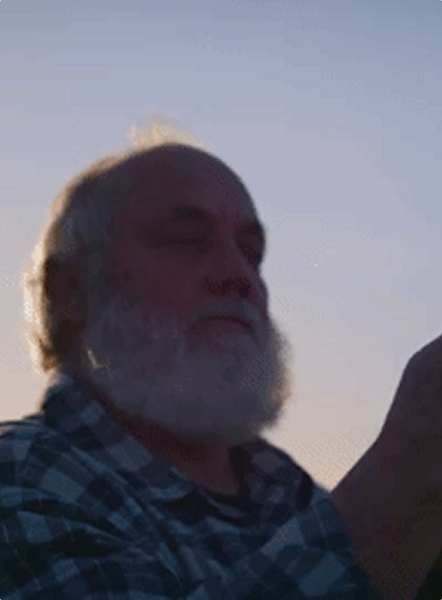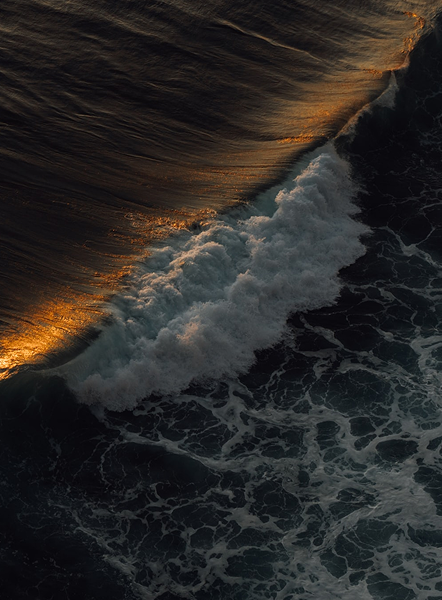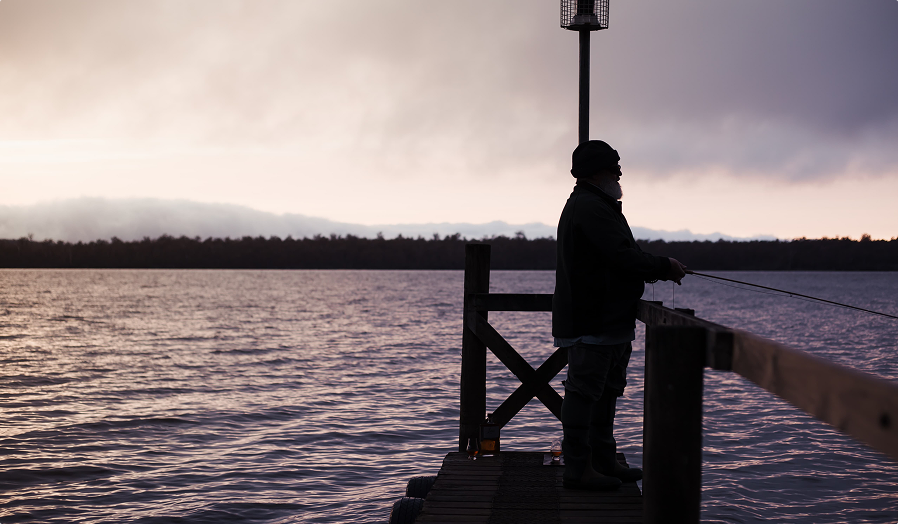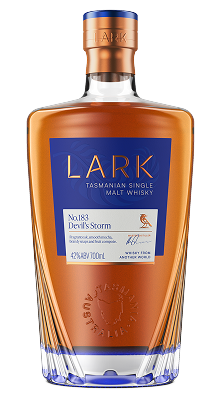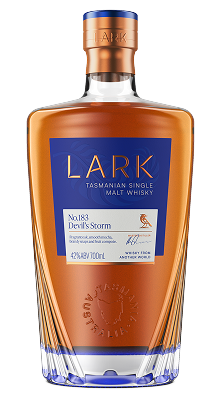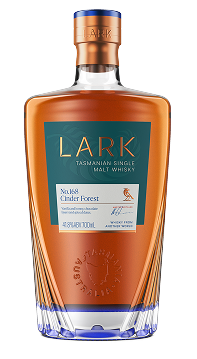Over 30 years, our team has built what is now one of Australia’s most famous whisky distilleries, recently nominated as one of four distillers for the Worldwide Whisky Producer of the Year award.
Tasmania is ideally situated to make malt whisky, and yet 150 years after the last licensed Tasmanian distillery closed its doors, it took a whisky lover to realise the environment was perfect.
Tasmania’s initial flirtation with whisky distillation was enthusiastic, but short lived. The Sorell Distillery was opened on the banks of the Hobart rivulet in South Hobart in 1822, close to the site of the modern Cascade Brewery. This was closely followed by another 16 legal distilleries dotted across the island, along with plenty of illegal ones. It is said that Tasmania was intended to be a bread basket for Sydney and the rest of the colonies, growing barley grain to be used as a food source. Evidently somebody forgot to mention this to the Tasmanians who eagerly took to using this grain to fuel a young, thriving distillation industry.
This enthusiasm for spirits and drinking did not sit well with the Lady Jane Franklin. “I would prefer barley be fed to pigs than it be used to turn men into swine.”
That simple phrase, spoken by Lady Jane Franklin in 1838, changed the course of Tasmanian whisky. It was enough to convince her husband, Governor John Franklin, to outlaw the distilling of spirits in Tasmania that same year.
The turn of the century saw Australian federation and the introduction of the distillation act of 1901. This opened up opportunities for the fortified wine industry, however a minimum legal still size of around 2700 litres made it incredibly difficult for those wishing to create craft spirits to have a fair go. And so, until 1992, Tasmania was without any whisky makers – besides the odd moonshiner.
Tasmania’s initial flirtation with whisky distillation was enthusiastic, but short lived. The Sorell Distillery was opened on the banks of the Hobart rivulet in South Hobart in 1822, close to the site of the modern Cascade Brewery. This was closely followed by another 16 legal distilleries dotted across the island, along with plenty of illegal ones. It is said that Tasmania was intended to be a bread basket for Sydney and the rest of the colonies, growing barley grain to be used as a food source. Evidently somebody forgot to mention this to the Tasmanians who eagerly took to using this grain to fuel a young, thriving distillation industry.
This enthusiasm for spirits and drinking did not sit well with the Lady Jane Franklin. “I would prefer barley be fed to pigs than it be used to turn men into swine.”
That simple phrase, spoken by Lady Jane Franklin in 1838, changed the course of Tasmanian whisky. It was enough to convince her husband, Governor John Franklin, to outlaw the distilling of spirits in Tasmania that same year.
The turn of the century saw Australian federation and the introduction of the distillation act of 1901. This opened up opportunities for the fortified wine industry, however a minimum legal still size of around 2700 litres made it incredibly difficult for those wishing to create craft spirits to have a fair go. And so, until 1992, Tasmania was without any whisky makers – besides the odd moonshiner.



